Research on Optimization of 3D Printing Manufacturing Technology Based on Segmentation Algorithm
DOI: 10.23977/msom.2023.040302 | Downloads: 18 | Views: 1480
Author(s)
Huo Xiao 1, Xia Chao 1, Liu Fang 1
Affiliation(s)
1 Engineering Department, Rinoart (Guangzhou) Home Technology Co., Ltd, Guangzhou, Guangdong, 510140, China
Corresponding Author
Huo XiaoABSTRACT
3D printing technology is a relatively mature processing technology. In actual production, external support needs to be added to ensure the smooth progress of the processing process. Tree support is a new type of external support method. Combined with instance segmentation technology in artificial intelligence, it can better solve the problems of collapse, deformation, and lack of precision in the 3D printing process and improve production efficiency. For the feature loss problem in the printing model, a new instance segmentation algorithm is adopted, including deepening the feature extraction architecture and using the nonlinear activation function Mish. For the feature reconstruction after instance segmentation, this paper optimizes and improves the classical concealment method, including the spatial range concealment method Z-buffer algorithm and the area scan line algorithm of the plane range concealment method to realize the projection mapping transformation of the 3D object model by combining coordinate refinement and Z-buffer algorithm.
KEYWORDS
3D printing, instance segmentation, blanking methodCITE THIS PAPER
Huo Xiao, Xia Chao, Liu Fang, Research on Optimization of 3D Printing Manufacturing Technology Based on Segmentation Algorithm. Manufacturing and Service Operations Management (2023) Vol. 4: 8-14. DOI: http://dx.doi.org/10.23977/msom.2023.040302.
REFERENCES
[1] Vijayavenkataraman S., Fuh J. Y., & Lu, W. F. 3D printing and 3D bioprinting in pediatrics [J]. Bioengineering, 2017, 4(3):63.
[2] Lin G., Adiga, U., Olson K., Guzowski J. F., Barnes C. A., & Roysam B. A hybrid 3D watershed algorithm incorporating gradient cues and object models for automatic segmentation of nuclei in confocal image stacks [J]. Cytometry Part A: the journal of the International Society for Analytical Cytology, 2003, 56(1):23-36.
[3] Buchanan C., & Gardner L. Metal 3D printing in construction: A review of methods, research, applications, opportunities and challenges [J]. Engineering Structures, 2019(180):332-348.
[4] Guan J., Yang X., Ding L., Cheng X., Lee V. C., & Jin C. Automated pixel-level pavement distress detection based on stereo vision and deep learning[J]. Automation in Construction, 2021(129):103788.
[5] Hirz M., Dietrich W., Gfrerrer A., & Lang J. Integrated computer-aided design in automotive development [J]. Springer-Verl, 2013(10):978-3.
[6] Singh S., Ramakrishna S., & Singh R. Material issues in additive manufacturing: A review [J]. Journal of Manufacturing Processes, 2017(25):185-200.
[7] Kabir S. F., Mathur K., & Seyam A. F. M. A critical review on 3D printed continuous fiber-reinforced composites: History, mechanism, materials and properties [J]. Composite Structures, 2020(232):111476.
[8] Daminabo S. C., Goel S., Grammatikos S. A., Nezhad H. Y., & Thakur V. K. Fused deposition modeling-based additive manufacturing (3D printing): techniques for polymer material systems [J]. Materials today chemistry, 2020(16):100248.
[9] Zhu S. C., & Yuille A. Region competition: Unifying snakes, region growing, and Bayes/MDL for multiband image segmentation [Z]. IEEE transactions on pattern analysis and machine intelligence, 1996, 18(9):884-900.
[10] Chen W., Wang W., Wang K., Li Z., Li H., & Liu S. Lane departure warning systems and lane line detection methods based on image processing and semantic segmentation: A review[J]. Journal of traffic and transportation engineering (English edition), 2020, 7(6):748-774.
[11] Menasche D. B., Shade P. A., Safriet S., Kenesei P., Park J. S., & Musinski W. D. Deep learning approaches to semantic segmentation of fatigue cracking within cyclically loaded nickel superalloy [J]. Computational Materials Science, 2021(198):110683.
[12] Jeon E. I., Kim S., Park, S., Kwak J., & Choi I. Semantic segmentation of seagrass habitat from drone imagery based on deep learning: A comparative study. Ecological Informatics, 2021(66):101430.
[13] Prater T., Werkheiser N., Ledbetter F., Timucin D., Wheeler K., & Snyder M. (2019). 3D Printing in Zero G Technology Demonstration Mission: complete experimental results and summary of related material modeling efforts. The International Journal of Advanced Manufacturing Technology, 101(1), 391-417.
[14] Liu L., Wu F. X., Wang Y. P., & Wang J. Multi-receptive-field CNN for semantic segmentation of medical images. IEEE Journal of Biomedical and Health Informatics, 2020, 24(11):3215-3225.
[15] Lee S. H., & Sohn I. Message-passing strategy for joint user association and resource blanking in HetNets [J]. IEEE Transactions on Wireless Communications, 2017, 17(2):1026-1037.
| Downloads: | 6550 |
|---|---|
| Visits: | 190035 |
Sponsors, Associates, and Links
-
Information Systems and Economics
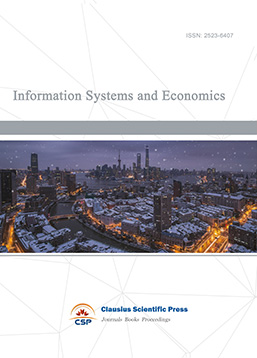
-
Accounting, Auditing and Finance

-
Industrial Engineering and Innovation Management

-
Tourism Management and Technology Economy

-
Journal of Computational and Financial Econometrics
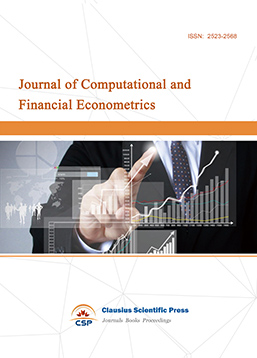
-
Financial Engineering and Risk Management
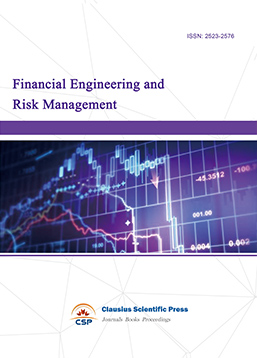
-
Accounting and Corporate Management

-
Social Security and Administration Management

-
Population, Resources & Environmental Economics
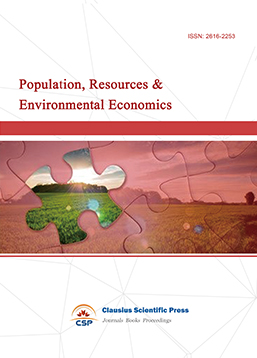
-
Statistics & Quantitative Economics
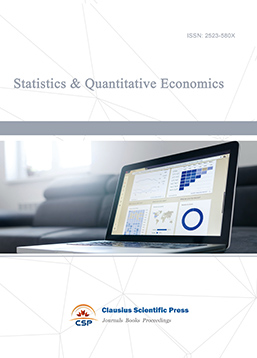
-
Agricultural & Forestry Economics and Management
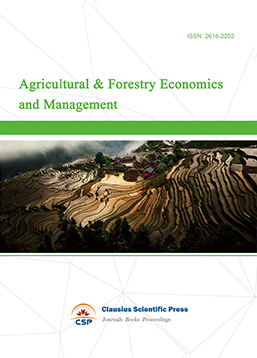
-
Social Medicine and Health Management

-
Land Resource Management
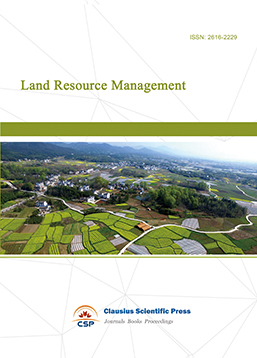
-
Information, Library and Archival Science
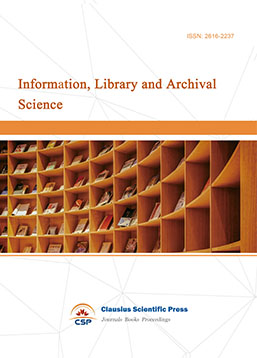
-
Journal of Human Resource Development

-
Operational Research and Cybernetics
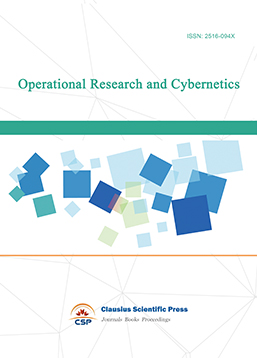

 Download as PDF
Download as PDF